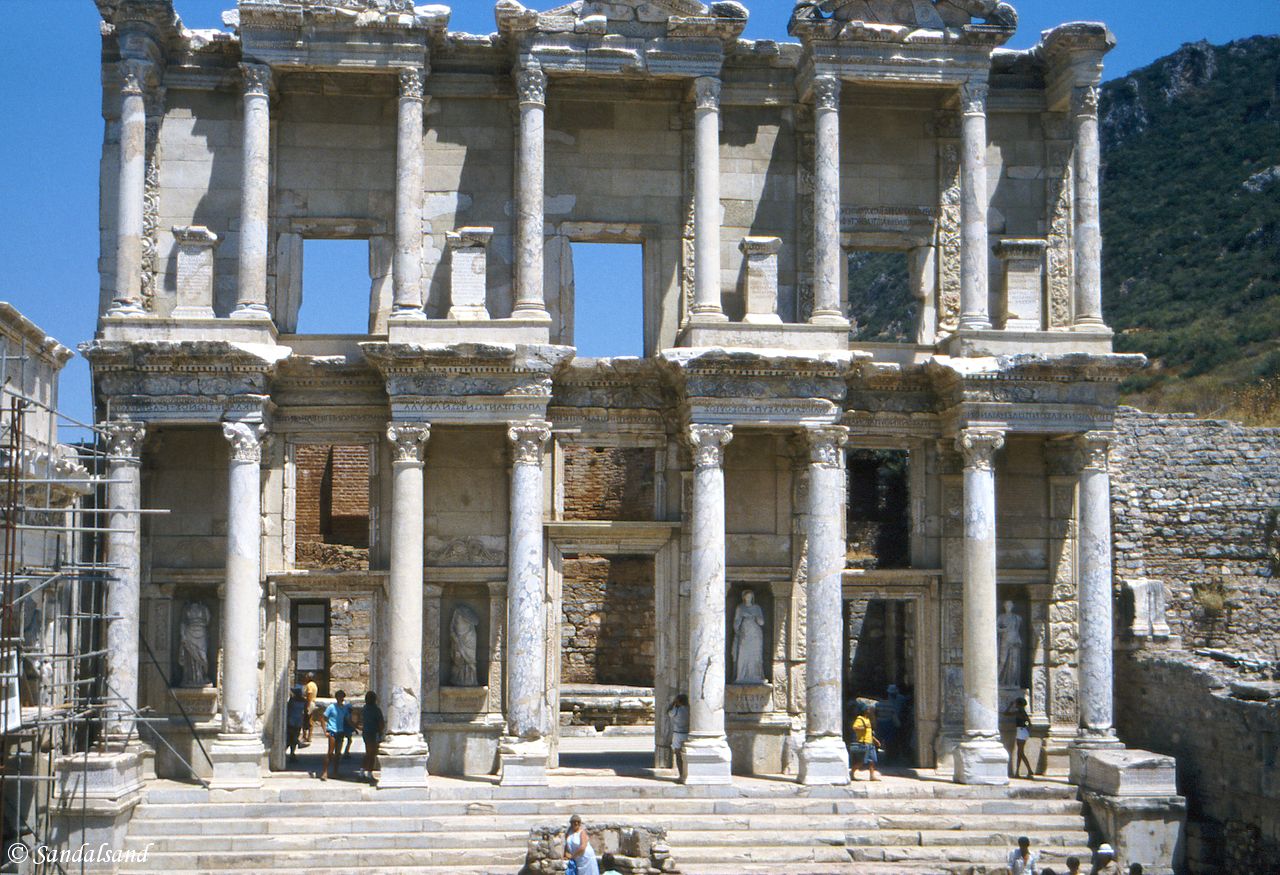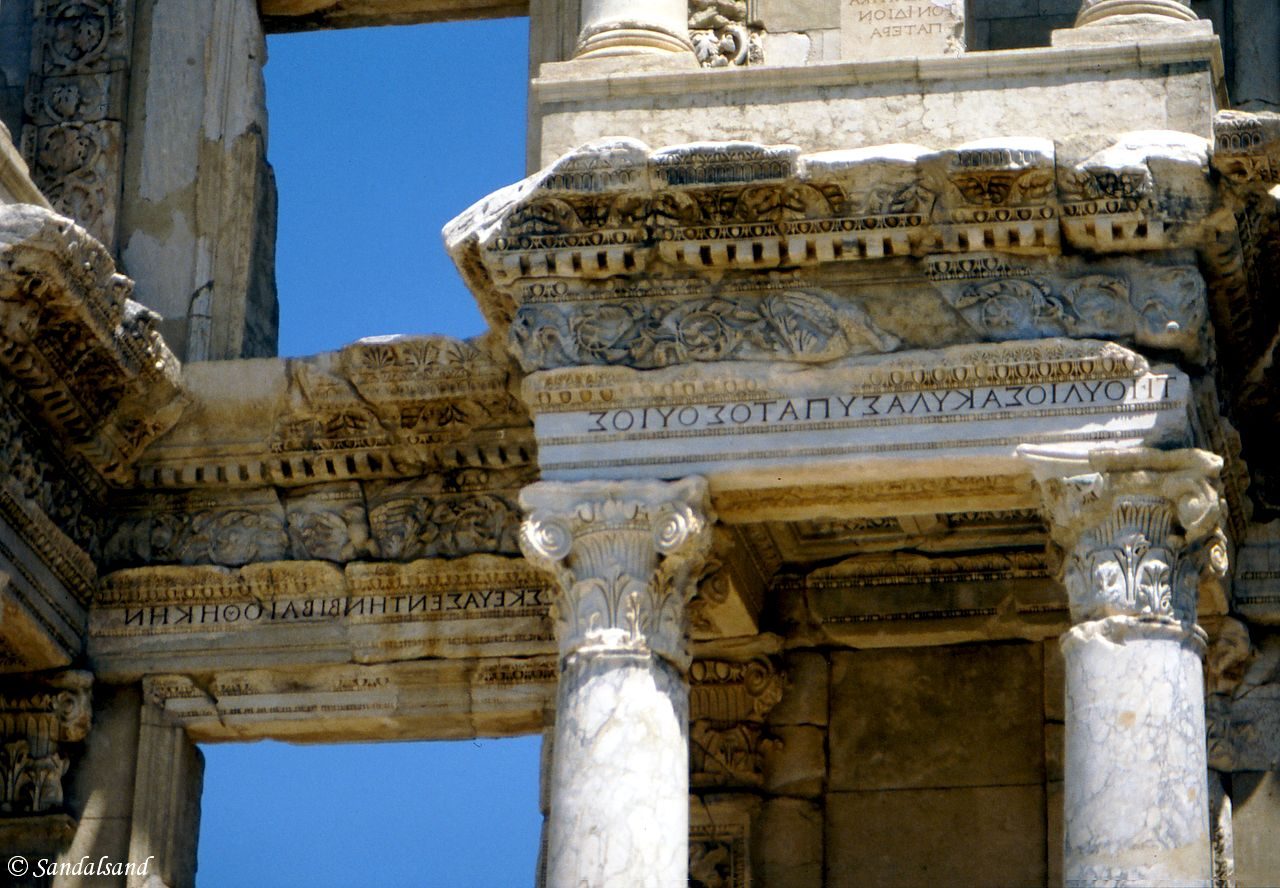In Ephesus we may visit one of the most distinguished buildings still standing from the Hellenistic-Roman period in Turkey.
The UNESCO World Heritage List includes more than a thousand properties with outstanding universal value. They are all part of the world’s cultural and natural heritage.
Official facts
- Country: Turkey
- Date of Inscription: 2015
- Category: Cultural site
UNESCO’s World Heritage Centre’s short description of site no. 1018:
Located within what was once the estuary of the River Kaystros, Ephesus comprises successive Hellenistic and Roman settlements founded on new locations, which followed the coastline as it retreated westward. Excavations have revealed grand monuments of the Roman Imperial period including the Library of Celsus and the Great Theatre. Little remains of the famous Temple of Artemis, one of the “Seven Wonders of the World,” which drew pilgrims from all around the Mediterranean. Since the 5th century, the House of the Virgin Mary, a domed cruciform chapel seven kilometres from Ephesus, became a major place of Christian pilgrimage. The Ancient City of Ephesus is an outstanding example of a Roman port city, with sea channel and harbour basin.
My visit
This is what I wrote in my diary at the time of my visit (1986): Efesus was truly great: A large theatre, library, temples, houses, a brothel, and marble streets all over the place. It was fairly well kept too. The Greeks and the Romans must have known to lay down many and successful hours of work.
Looking back, the image that has been imprinted in my mind is the one shown below and in detail as the featured photo above – that of the library. Much of the rest of the old civilisation lay in ruins.
About this series of blog entries.
Browse to the PREVIOUS or NEXT post in this series.

The Library in ancient Efesos


